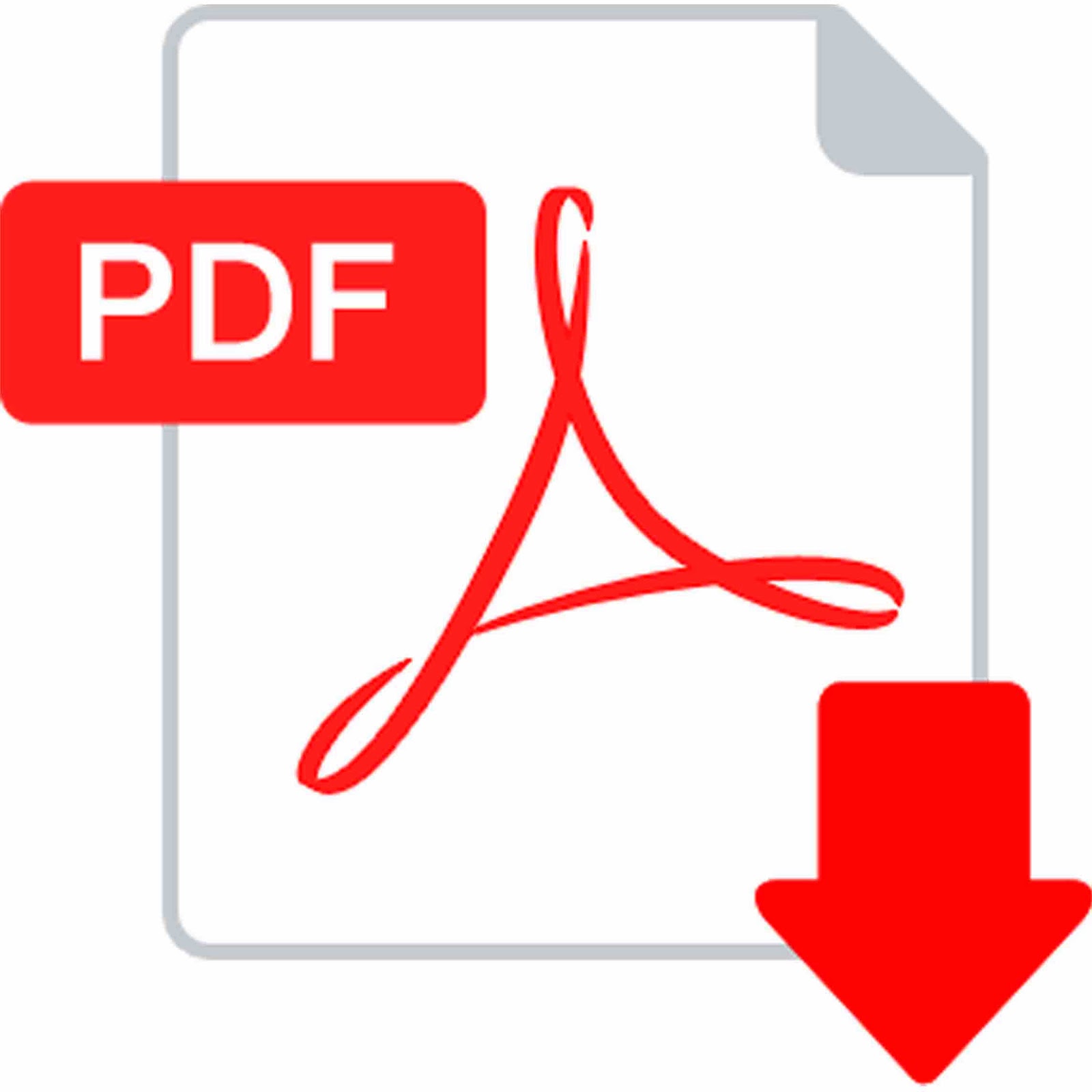| JEL Classification: О19, F45 | DOI: https://doi.org/10.31521/modecon.V52(2025)-05 |
Dovgal О. А., Doctor of Economic Sciences, Professor, Professor of the Department of International Economic Relations and Logistics, V.N. Karazin Kharkiv National University, Kharkiv, Ukraine
ORCID ID: 0000-0003-3219-9731
e-mail: e.dovgal@karazin.ua
The Effects of Transformation of the Baltic Economies in the Process of European Integration
Abstract. Introduction. The foreign market with the European Union opens up various prospects for the development of the Baltic countries’ economies, considering the obvious lower prices in the West. In any case, it is functional and achieves well-developed infrastructure for transport and other industrial, rural, and service areas that were lost during economic downturns.
Purpose. The purpose of this article is to analyze the effects of transformation of the economies of the Baltic countries in the process of European integration.
Results. At the beginning of the post-Soviet development period, the Baltic countries began carrying out reforms and joining Euro-Atlantic structures as soon as possible, starting with the EU and NATO. Otherwise, the implementation of reforms would have a minimal negative impact. The analysis demonstrated that the Baltic countries’ early EU membership was marked by hostile economic growth after the 2008–2009 global financial crisis. The pace of economic development in the Baltic countries slowed down noticeably.
Conclusions. Thus, the country’s prospects for EU membership and accession to the European monetary system can be viewed positively. Their economies demonstrated significant success, particularly in the early years after joining the EU. It is important to note, however, that this success has a turning point. In Sweden, for example, a significant increase in GDP was due to foreign investment and financial assistance from various EU funds.
Keywords: Baltic countries; Lithuania; Latvia; Estonia; European Union; European integration; economic transformation.
References:
- Aidukaite, J. (2019). The welfare systems of the Baltic states following the recent financial crisis of 2008–2010: expansion or retrenchment? Journal of Baltic Studies. Vol. 50. No. 1, Pp. 39–58. DOI: 10.1080/01629778.2019.1570957.
- Åslund, A. (2011). The last shall be the first. The east European financial crisis, 2008–2010. Peterson Institute for international economics. Washington DС.
- Åslund, A. (2015). Why Have the Baltic Tigers Been So Successful? // CESifo Forum, Institut für Wirtschaftsforschung (Ifo), Vol. 16. No. 4.
- Dandashly, A., Verdun, A. (2020). Euro adoption policies in the second decade – the remarkable cases of the Baltic States. Journal of European Integration. 42:3. Pp. 381–397. DOI: 10.1080/07036337.2020.1730355].
- Falkowski, K. (2018). Competitiveness of the Baltic States in international high-technology goods trade. Comparative Economic Research. De Gruyter. Warsaw. Vol. 21, Iss. 1. Pp. 25–43. Available at: http://dx.doi.org/10.2478/cer-2018–0002.
- International Monetary Fund. World Economic Outlook Database, October 2024. URL: https://www.imf.org/en/Publications/WEO/weo-database/2024/October
- Jočienė, A. (2015). Scandinavian bank subsidiaries in the Baltics: Have they all behaved in a similar way? Intellectual Economics. No. 9 (1). Рp. 43–54. DOI:10.1016/j.intele.2015.09.002.
- Schrader, K. (2018). Economic divergence in the Baltic region. Estonian Discussions on Economic Policy. Vol. 26. No. 1–2. Eesti Vabariik – 100 (24 veebruar 1918). DOI: https://doi.org/10.15157/tpep.v26i1–2.14518.
- Sommers, J., Briskens, K. (2021). Latvia a decade out from the world’s largest GDP crash: how it collapsed and how to improve its economic performance. Journal of Contemporary Central and Eastern Europe. Vol. 29. No. 1. Pp. 41–67. DOI: 10.1080/25739638.2021.1968593.
- Startiene, G., Remeikiene, R. (2014). Evaluation of Revealed Comparative Advantage of Lithuanian Industry in Global Markets. Procedia– Social and Behavioral Sciences. No. 110.
- The World Bank: Data Bank. World Development Indicators. URL: https://data.worldbank.org/indicator/NY.GDP.PCAP.CD.
- Tsaurkubule, Zh., Vishnevskaja, A. (2017). The comparative analysis of the main indicators of the Baltic states economic development in the condition s of the European integration. Research papers of Wroclaw university of economics. No. 466.
- Wrobel, R. M. (2015). From independence to the Euro introduction: varieties of capitalism in the Baltic States. Central and Eastern European Journal of Management and Economics. Vol. 3. No.6. Pp. 9–38.
Received: 28 July 2025

|
How to quote this article? |
| Dovgal О. (2025). The Effects of Transformation of the Baltic Economies in the Process of European Integration. Modern Economics, 52(2025), 30-35. DOI: https://doi.org/10.31521/modecon.V52(2025)-05. |










 Українська
Українська